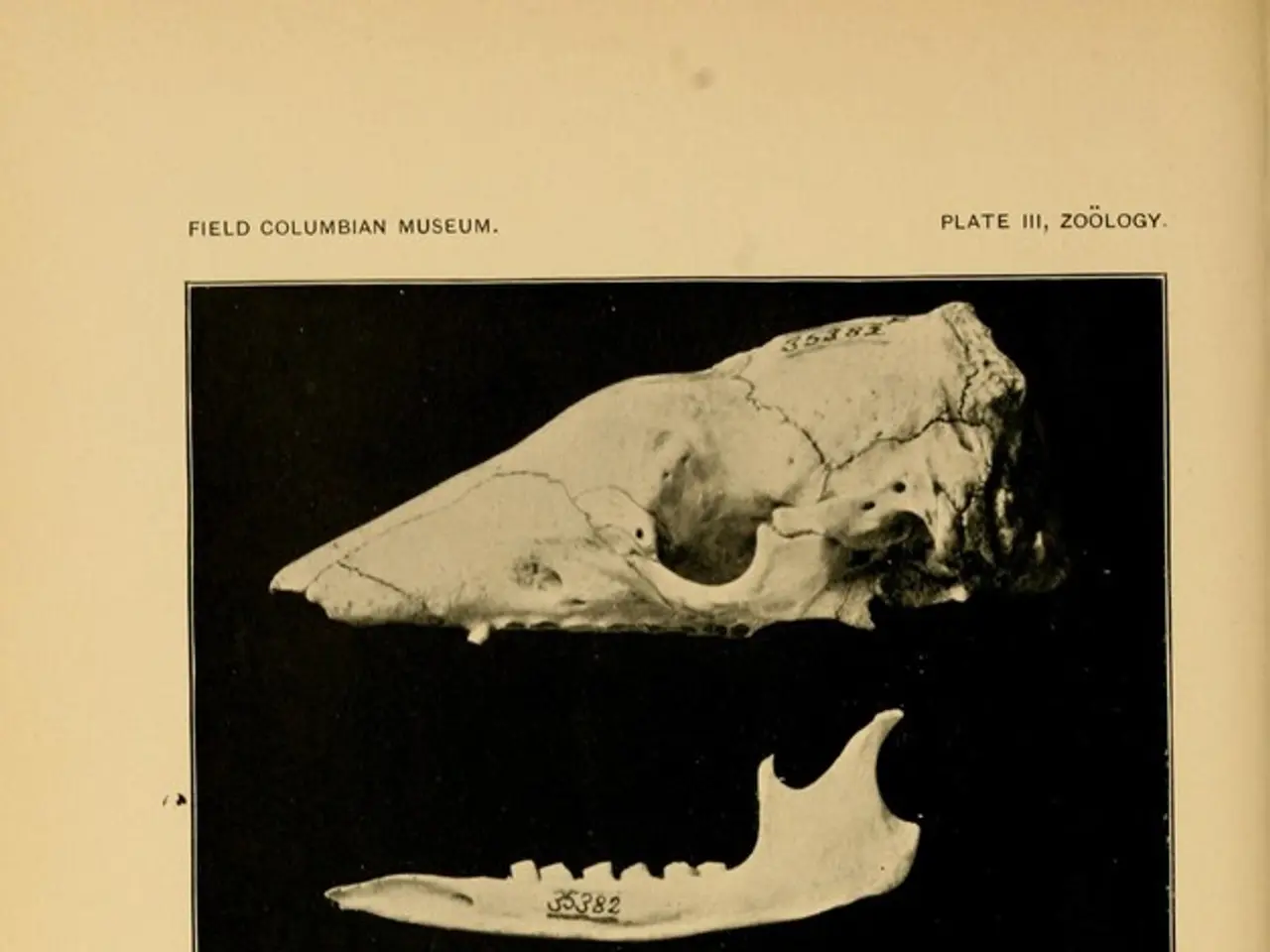Understanding Ankylosing Spondylitis and Spinal Stenosis: Crucial Facts
Ankylosing spondylitis (AS) is a type of inflammatory arthritis that can lead to spinal stenosis, a condition where the spinal canal becomes narrow, potentially compressing nerve roots and the spinal cord. This article explores the link between AS and spinal stenosis, treatment options, and prevention strategies.
The Link between AS and Spinal Stenosis
AS causes inflammation and ossification along the spinal ligaments and vertebrae, leading to fusion (ankylosis) and reduced spinal flexibility. The excessive bone formation and degeneration of intervertebral discs narrow the spinal canal, potentially compressing nerves and causing spinal stenosis.
Treatment Options for Spinal Stenosis in Individuals with AS
Treatment for spinal stenosis in individuals with AS may include medications, physical therapy, lifestyle modifications, and in severe or refractory cases, advanced pain management techniques or surgical interventions.
- Medications: Anti-inflammatory drugs like Nonsteroidal anti-inflammatory drugs (NSAIDs) and biologics such as TNF inhibitors help manage AS activity and may indirectly reduce stenosis symptoms.
- Physical Therapy: A personalised physical therapy programme can strengthen muscles, improve flexibility, and maintain posture, alleviating symptoms and improving spinal mobility.
- Lifestyle Modifications: Regular exercise, good posture, and stress management support spinal health and symptom control in AS.
- Advanced Interventions: In severe or refractory cases, advanced pain management techniques like radiofrequency ablation or surgical interventions (e.g., decompression surgery or spinal fusion) may be considered, though surgery is less common and used cautiously.
Prevention Strategies for Spinal Stenosis in AS
Preventing spinal stenosis in AS involves early and consistent treatment of AS to reduce inflammation and slow pathological bone formation, regular physical activity and tailored physical therapy to maintain spinal flexibility and strength, monitoring spinal changes through imaging to detect early stenosis and intervene promptly, and patient education on posture, ergonomics, and lifestyle modifications to minimize biomechanical stress on the spine.
In summary, managing AS with anti-inflammatory medications, physical therapy, and lifestyle changes can help prevent or mitigate spinal stenosis development. Advanced interventions are reserved for severe cases. Early and aggressive treatment for AS is recommended to prevent bone damage and, in turn, reduce the risk of spinal stenosis.
Science has revealed a connection between Ankylosing Spondylitis (AS) and spinal stenosis, with AS leading to excessive bone formation and nerve compression due to the narrowing of the spinal canal.
Treatment options for spinal stenosis in AS patients may include medications like NSAIDs and TNF inhibitors, physical therapy, lifestyle modifications, and in severe cases, advanced pain management techniques or surgery.
Preventing spinal stenosis in AS involves early and consistent treatment of AS to reduce inflammation, regular physical activity and tailored physical therapy, monitoring spinal changes through imaging, and patient education on posture, ergonomics, and lifestyle modifications to minimize biomechanical stress on the spine.




